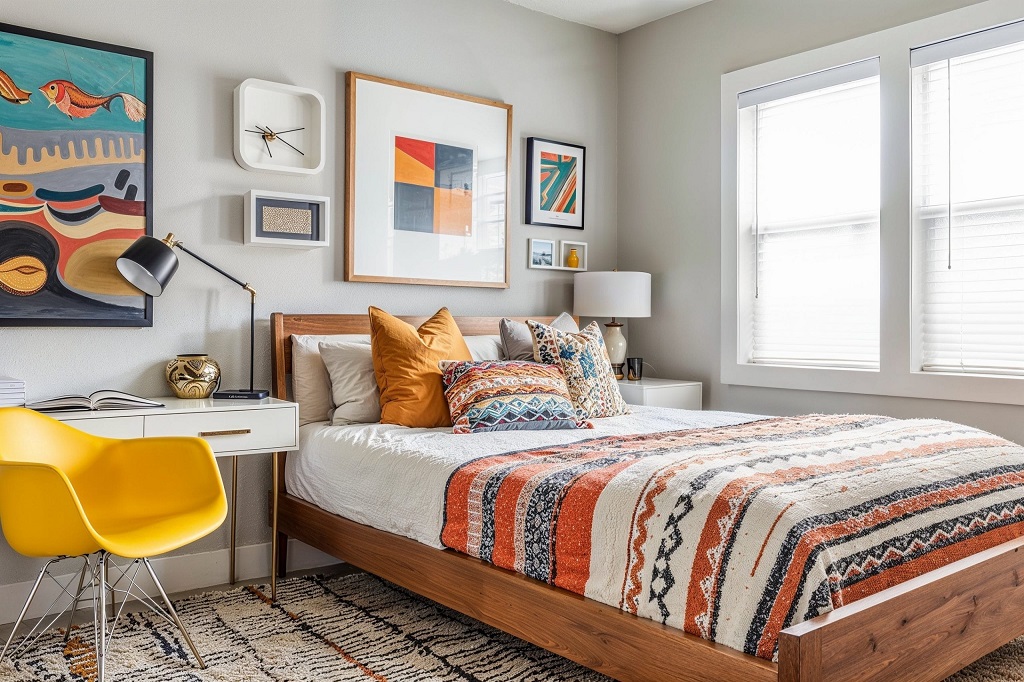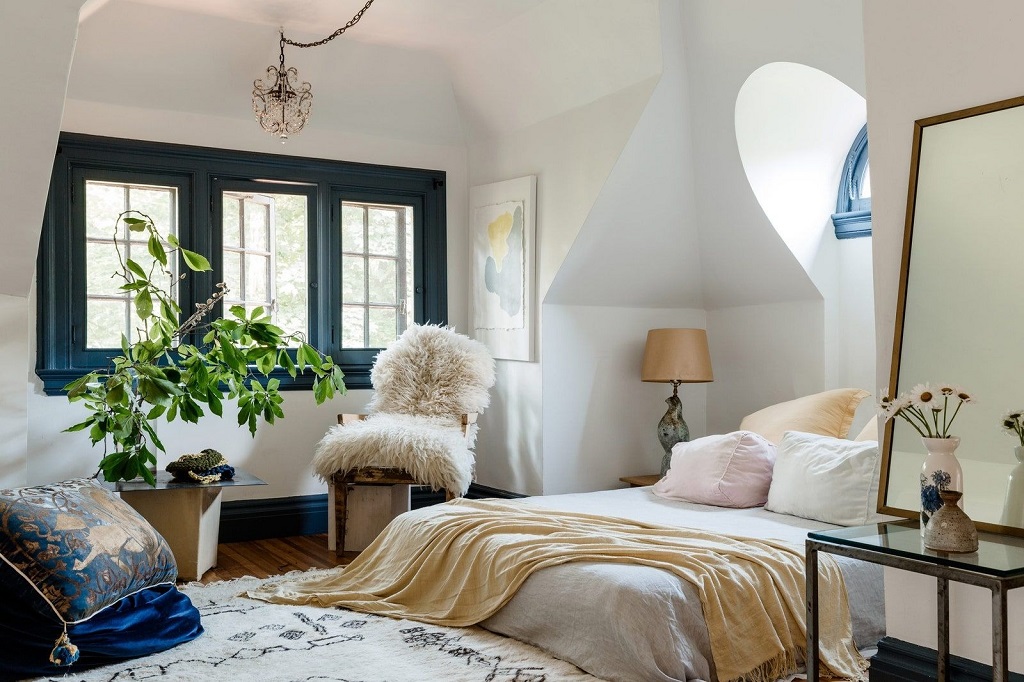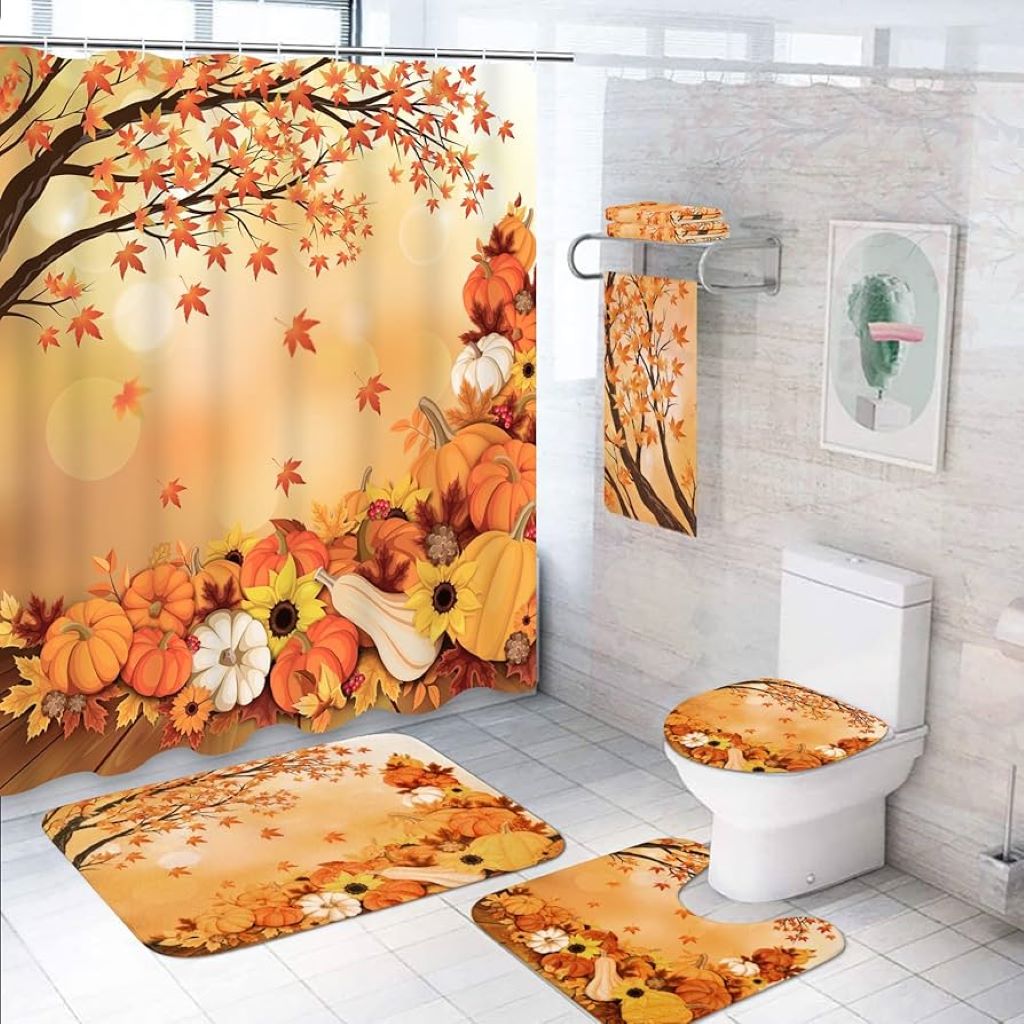Creating a cozy, personalized space in a nursing home room is crucial for seniors’ emotional well-being. Statistics reveal that nearly 70% of seniors in care facilities experience feelings of loneliness or isolation (AARP, 2023). Personalized room décor can play a significant role in reducing these feelings by fostering a sense of familiarity and comfort. However, achieving this balance requires thoughtful choices tailored to the unique needs of nursing home residents. This article dives deep into practical, stylish, and meaningful nursing home room decoration ideas for a cozy, personalized space.
Why Personalized Nursing Home Rooms Matter
Many assume nursing home rooms are merely functional spaces, but research proves otherwise. The Journal of Gerontological Nursing highlights that residents in personalized rooms report higher satisfaction and improved mood. Personalized décor triggers memories and helps maintain a sense of identity, which is essential in preserving mental health.
Therefore, decorating a nursing home room goes beyond aesthetics. It becomes a vital part of holistic care, influencing residents’ emotional and psychological health. The goal is to blend safety with personal touches, making rooms feel like an extension of home rather than an institutional environment.
Color Choices That Comfort and Calm
Color profoundly impacts mood. Experts agree that soft, warm tones like pastels, gentle blues, and earth tones foster relaxation. Conversely, overly bright colors may overstimulate and cause anxiety. According to a study published in Color Research & Application (2021), seniors respond positively to natural hues that remind them of outdoor environments.
Using neutral wall colors creates a calming backdrop, allowing personal items such as family photos or favorite artworks to stand out. Adding accents through pillows, throws, or rugs in muted tones invites warmth without overwhelming the senses.
Personalizing with Photos and Memorabilia
Photos remain the simplest and most impactful way to personalize a space. Incorporating framed family pictures, vacation memories, or images of pets helps evoke cherished moments. According to the Alzheimer’s Association, familiar visuals can reduce confusion and agitation in dementia patients by reinforcing memory.
A practical tip is to use lightweight, shatterproof frames to maintain safety. Additionally, creating a rotating display or a memory board encourages residents to engage with their space actively. Memorabilia such as heirlooms, trophies, or handmade crafts further enhance this personalized environment, nurturing a connection to the past.
Functional Furniture with a Personal Touch
Comfortable, practical furniture is essential, but it doesn’t have to look clinical. Choose pieces with soft upholstery and rounded edges for safety. Adding a favorite armchair or a small bookshelf stocked with beloved books adds character.
Many nursing homes now allow residents to bring their own small furniture items, such as bedside tables or lamps. This practice fosters familiarity. According to care facility experts, such personalized additions improve the perceived “hominess” of the room, which contributes to emotional stability.
Incorporating Nature Indoors
Bringing nature inside a nursing home room can elevate mood and reduce stress. Potted plants or flowers add color and life. Studies from the University of Michigan suggest that indoor plants can improve air quality and contribute to emotional well-being.
However, it’s essential to choose low-maintenance plants like succulents or spider plants that don’t require constant care. Artificial plants with realistic textures can also be an option if allergies or mobility issues are concerns.
Lighting That Sets the Mood
Natural light boosts vitamin D levels and mood, but nursing home rooms often have limited window access. Adjustable lighting can help. Soft, warm LED lamps or string lights create a cozy atmosphere without harsh glare.
Using task lighting near reading areas supports hobbies and independence. According to lighting design specialists, layering ambient, task, and accent lighting allows customization that residents control, enhancing their comfort and autonomy.
Textiles and Soft Furnishings for Warmth
Soft textiles like quilts, cushions, and area rugs add texture and warmth. They also provide sensory comfort, important for seniors with cognitive challenges. Choosing washable, hypoallergenic fabrics maintains hygiene without sacrificing softness.
A favorite blanket or a pillow with a nostalgic pattern can evoke positive memories. Using textiles to introduce pattern and color subtly personalizes the space and invites relaxation.
Technology for Engagement and Connection
Integrating technology such as tablets or digital photo frames offers modern ways to personalize rooms. These devices allow residents to view rotating photos, video call family, or listen to favorite music, enhancing connectivity and reducing isolation.
However, it’s important to balance tech with simplicity to avoid overwhelming less tech-savvy seniors. Training and support from caregivers improve acceptance and benefits.
Safety Without Sacrificing Style
Safety remains a priority in nursing homes. Decorations must avoid tripping hazards or fragile items. Wall-mounted shelves should be secure, and electrical cords hidden. Choosing non-slip rugs and stable furniture ensures a safe environment.
Despite these constraints, creativity can thrive within safety guidelines, creating a space that feels warm yet secure.
Expert Tips for a Personalized Nursing Home Room
- Consult the resident: Their preferences and comfort should guide all décor choices.
- Use multi-functional décor: Items like storage ottomans add style and utility.
- Rotate items seasonally: This keeps the room fresh and engaging without clutter.
- Involve family and friends: Collaborative decorating helps residents feel supported and loved.
Featured Snippet:
What are some easy nursing home room decoration ideas for a cozy, personalized space?
Start by adding family photos and favorite memorabilia to evoke fond memories. Use warm, soft colors on walls and textiles to create comfort. Incorporate plants or flowers for a natural feel, and layer lighting to provide flexibility and warmth. Choose furniture that combines safety with personal style, like a familiar armchair or soft cushions. Adding technology like digital photo frames can help seniors stay connected with loved ones. Always prioritize safety while ensuring the space reflects the resident’s personality and preferences.
Read More Also: Items for Decorating a House
FAQs
How can I personalize a nursing home room without cluttering it?
Focus on a few meaningful items like photos, a favorite blanket, or small plants. Use wall space creatively and avoid bulky décor.
Are there color recommendations for senior rooms?
Soft pastels, earth tones, and muted blues work best. These colors promote calm and reduce overstimulation.
What type of furniture is best for nursing home rooms?
Comfortable, safe furniture with rounded edges and non-slip legs is ideal. Include pieces familiar to the resident for a homely feel.
Can technology be safely incorporated into nursing home rooms?
Yes, with support and simple devices like tablets or digital photo frames that keep residents connected and engaged.
How do I balance safety and personalization?
Avoid fragile or heavy items, secure wall hangings, and ensure cords are hidden. Use washable fabrics and non-slip rugs.
What role does lighting play in nursing home room décor?
Proper lighting enhances mood, aids visibility, and adds warmth. Layered lighting gives residents control and comfort.
How often should room décor be updated?
Seasonal updates or changes every few months keep the environment stimulating without overwhelming.
Final Thought
Personalizing nursing home rooms transforms them from sterile spaces into warm sanctuaries. Thoughtful decoration supports mental health, preserves identity, and fosters comfort. Using the ideas above, families and caregivers can create inviting, cozy environments that truly feel like home. With safety and personality in balance, every resident can enjoy a space that nurtures their well-being and happiness.






